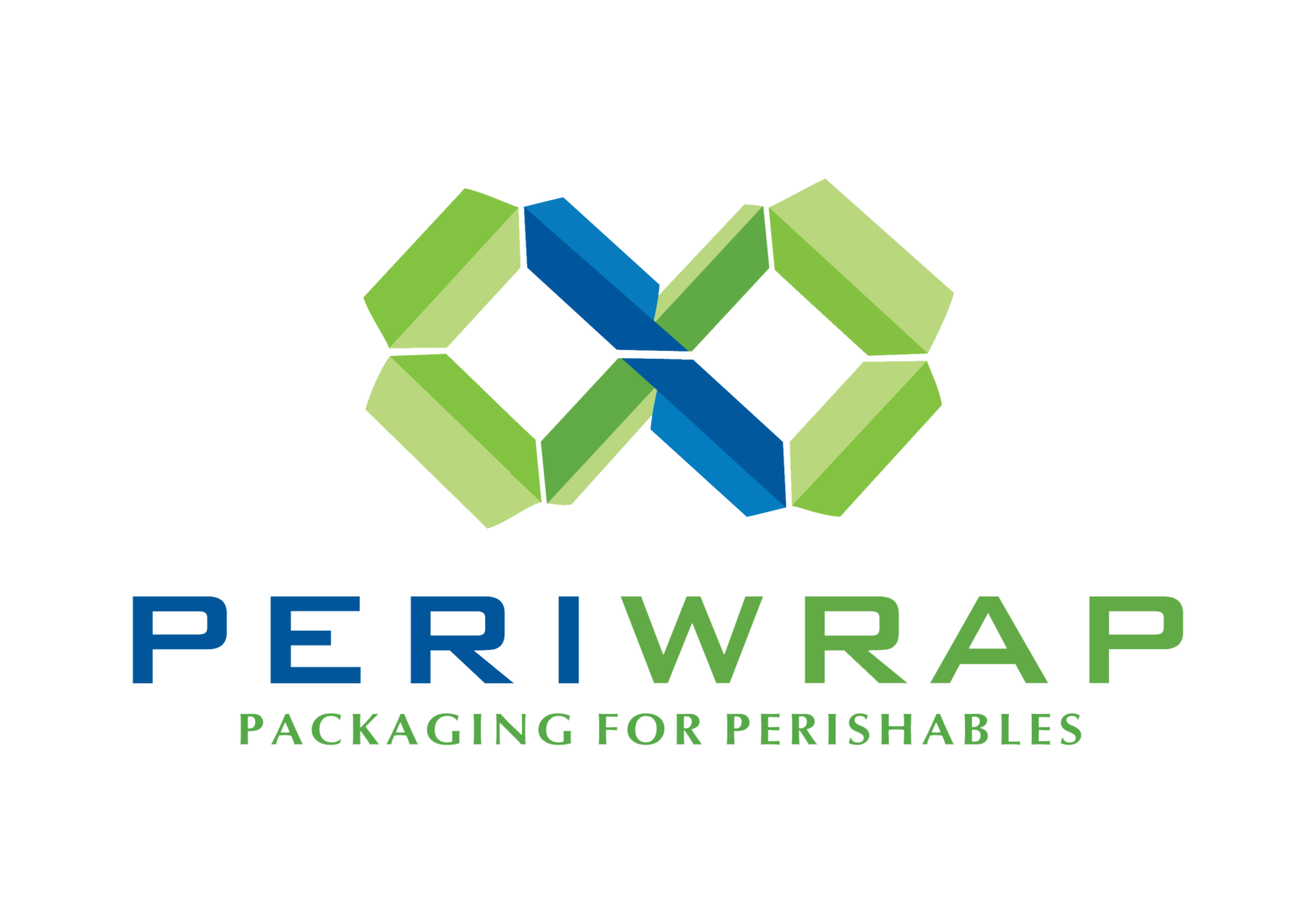How Sustainable Is Your Packaging?
Today’s changing times, coupled with the need to get things quickly and effortlessly, means more consumers than ever are turning to online shopping for everything from groceries to toiletries. The increase in online buying has created new opportunities for businesses of every size but along with these opportunities come challenges — namely what to do with all of that packaging.
Reducing our carbon footprint has become more important than ever as more and more companies get into the perishable shipping arena. Consumers are demanding more sustainable packaging and will look to shop from companies who “go green.” Knowing what your packaging is sourced from provides the ability to educate your consumers and makes for happier, repeat customers. So what do those symbols mean? The number found on the bottom of plastic containers is not a recycling symbol but rather a plastic or resin identification code. Most of the coded plastics can be recycled curbside but it’s important to check with local municipalities to be sure.
#1 PET/PETE: Polyethylene terephthalate. This is the easiest to recycle in curbside recycling programs. It’s what’s used to make water and soft drink bottles as well as containers for many popular food items such as peanut butter.
#2 HDPE: High-density polyethylene plastic used for milk jugs, cleaning agents shampoos and soaps. These products are both reusable and curbside recyclable.
#3 PVC: Used to make clear plastic food wrapping, cooking oil bottles and blister packaging. Products made using PVC plastic aren’t recyclable and are considered “poison plastic” as it does contain numerous toxins.
#4 LDPE: Low-density polyethylene. This soft, flexible plastic is often found in shrink wraps, squeezable bottles and packaged bread bags. While more communities are starting to accept it into their curbside recycling programs it’s still always best to check first.
#5 PP: Polypropylene. This tough, lightweight plastic is recyclable through some recycling programs but only about 3% is being recycled in the US. Check with your local curbside recycling center to find out if they’re accepting #5 plastic.
#6 PS: Polystyrene. More commonly known as styrofoam it’s mostly used in take-out food containers, egg cartons and shipping peanuts. Most curbside services will not accept polystyrene so It winds up in landfills and along beaches damaging both marine life and the environment. There are many eco-friendly, sustainable alternatives that perform as well as styrofoam without the negative environmental effects.
Cardboard and Insulation.
Corrugated boxes are curbside recyclable but first remove all labels and tape. Our paper insulated liners can be recycled along with your corrugated boxes. PET liners are recycle #1 which most towns will recycle but it's always best to check first with your local municipality.

